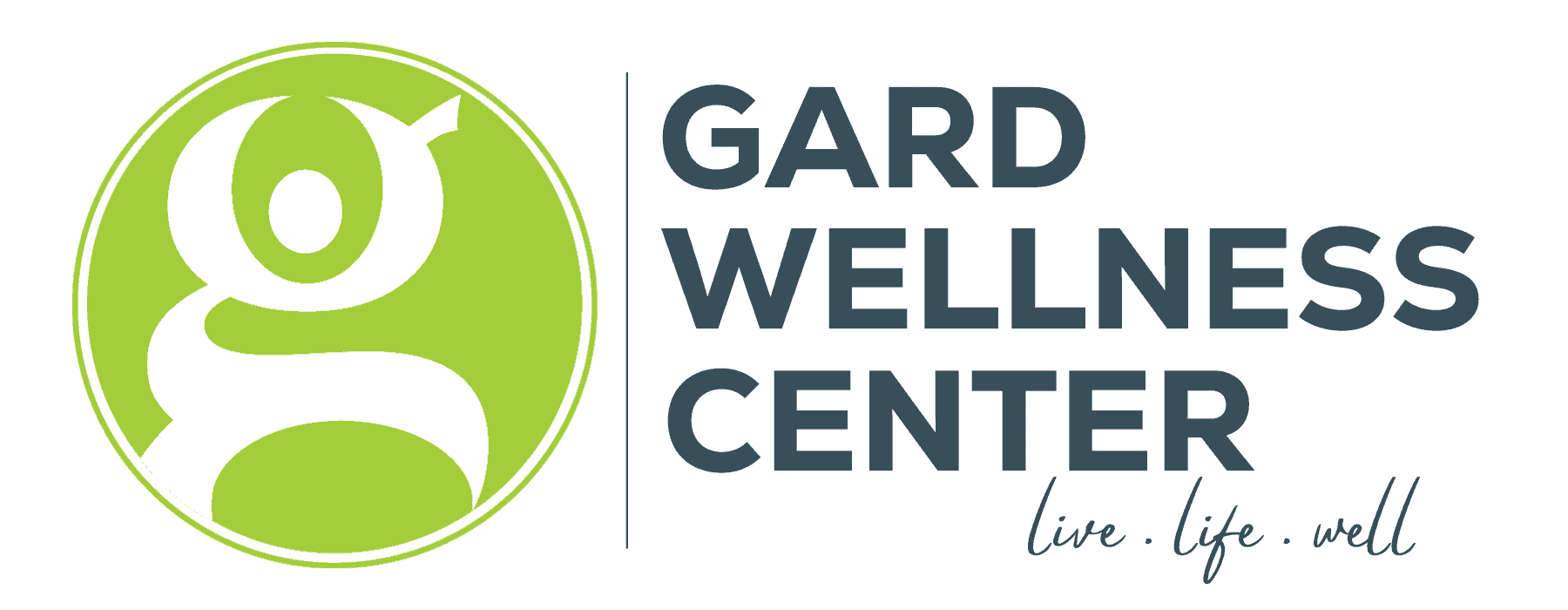On average we spend over an hour every day of our life eating or drinking. This vital part of our existence can either work with us, or against us. All of us are, “on a diet”. Even if we don’t have a specific name for it, like vegan, Adkins, Keto, Raw-food, every one of us will tend to eat similar foods week after week. We have our favorite breakfast foods, our go-to lunch spots with our preferred meal and when trying to decide where to go out for dinner we imagine what we’ve enjoyed eating in the past and where we can get it. The point being, we need to think of what we use to fuel our body purposefully and intentionally, because what we eat is quite literally what we are.
Supplying your body appropriately is crucial for maintaining a healthy weight. I typically do not encourage my patients to ‘diet’ specifically for weight-loss, but when eating the right food, and focusing those meals and snacks around what your body needs in order to thrive will achieve a healthy weight.
My average low back pain, or sciatica, patient is generally a few pounds overweight. I understand that in order to best help them achieve success with their overall health (and pain relief), they need to lose weight. Losing weight is easiest with a set of guidelines. Everyone wants to know, “What can I eat?” My usual answer to this question is to tell them that you can eat whatever you want, but just not as much as you want. Understanding appropriate portion size and working to curb the cravings monster are a must regardless of your health goals. After that learning that you can feel more satiated focusing on foods that are also generally healthier for you makes the processes sustainable long-term.
When considering a diet solely for weight loss, especially if it’s to help decrease pain, eating less is the primary objective. When utilizing your diet to enhance and support your overall health and wellbeing then food choices matter too.
Plant-based dieting has received a lot of attention in the last decade, or so, for many reasons. The term plant-based can be a little confusing, I like calling it a plant-forward diet. Meaning, that when planning your diet you should first focus on fruits, vegetables, seed, nuts…anything from a plant, before adding in meat. Purists of the method may avoid meat, poultry, fish, altogether but likely allow for eggs and/or dairy products. So, if you want to be plant-based, but still eat the occasional surf and turf you would not be breaking any unwritten rules of plant based eating. Assuming you’ve planned the rest of your day with lots of fruit, veggies, nuts and seeds.
Numerous studies are available that demonstrate the benefits of using plants as your primary energy source. I personally agree, I’ve yet to see an obese patient who got that way eating too much broccoli and kale. The bottom line is that if your goals are to be healthy and maintain a certain weight and/or body type you need to have plan-based foods be your primary focus. Plan your meals around which 2-3 plant based foods you’re going to eat then add meat if you feel like you need more protein. It’s very likely not a bad thing to take a few days, weeks, a month each year and only eat easily renewable food that grows from the ground.

